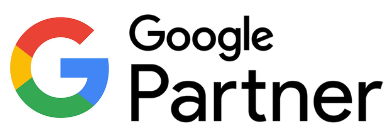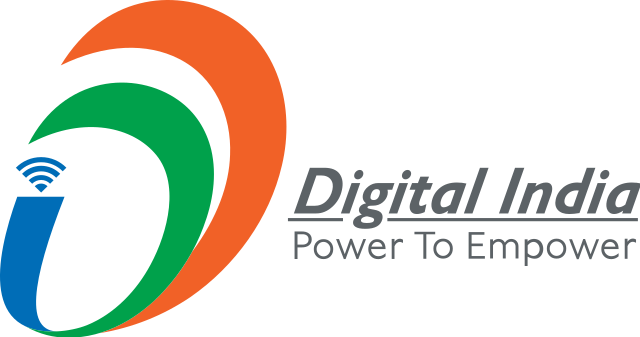Frequently Asked Questions
Can’t find the answer you’re looking for?
Send us a message and we’ll get back to you lickety-split!
Costs for a website vary depending on the scope of the work, functionality, size, and content. Every site W3site builds is customized specifically for the client. On average, a typical custom-designed website using proper UI/UX (user interface and user experience) standards and a custom CMS (content management system) depending on the total scope of the project.
A CMS, or Content Management System, is a dashboard built onto a website’s back-end that gives clients access to change content such as copy images, and blog posts, and more. A typical CMS will not allow you to change the website’s overall design.
Timelines for web design and development vary based on the scope of work. Design and development of a new site from start to finish is typically 2-3 months.
Responsive web design is an approach to website design that detects the visitor’s screen size and allows visitors to navigate your site from any device. Responsive design is essential because a majority of users view the web from their phone. It also increases visibility on search engines.
SEO, or search engine optimization, is the process of optimizing your website to get organic, unpaid traffic from the search engine results page. Among other factors, this is achieved by creating relevant content, implementing proper UI/UX standards, and coding the site so that search engines can crawl your website to detect relevant information.
When installed on a web server, SSL Certificates activate a padlock allowing secure connections from a web server to a browser. Why is this important? Google ranks sites with SSL certificates higher in search and penalizes sites without them.
UX Design, or User Experience Design, is the practice of testing our design assumptions against user actions. As designers, we aim to provide visual answers to our clients’ needs. To do this, we make assumptions. These assumptions are predicated on our experience and knowledge of design; however, they are still assumptions. So, in order to know whether they are correct or not, we need to test them with real users. With the results of our testing, we can make more informed design decisions. This in a nutshell is UX Design.
UI Design, or User Interface Design, is the creation of visuals that make up a design. This could be a button, color choice, or grid layout.
In most instances, it is better to create a new site. Older sites may have outdated technology and are not optimized for search. You are going to spend time and money redesigning. Building a new site allows us to build you exactly what you want vs. putting a bandage on something that needs to be fixed.








